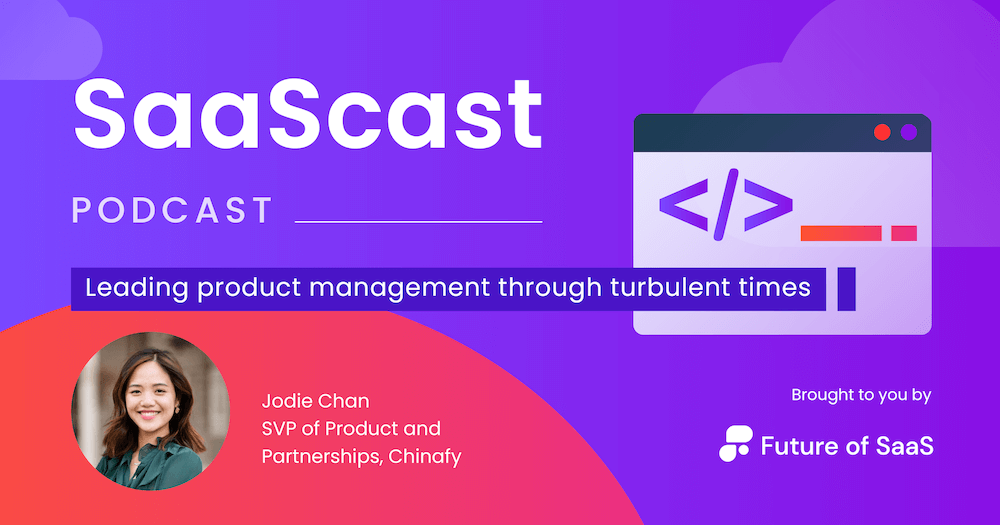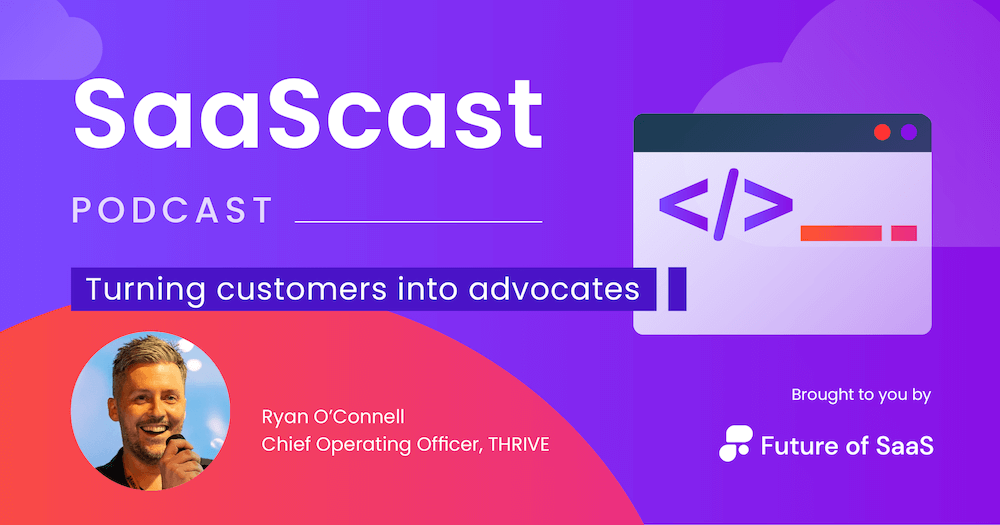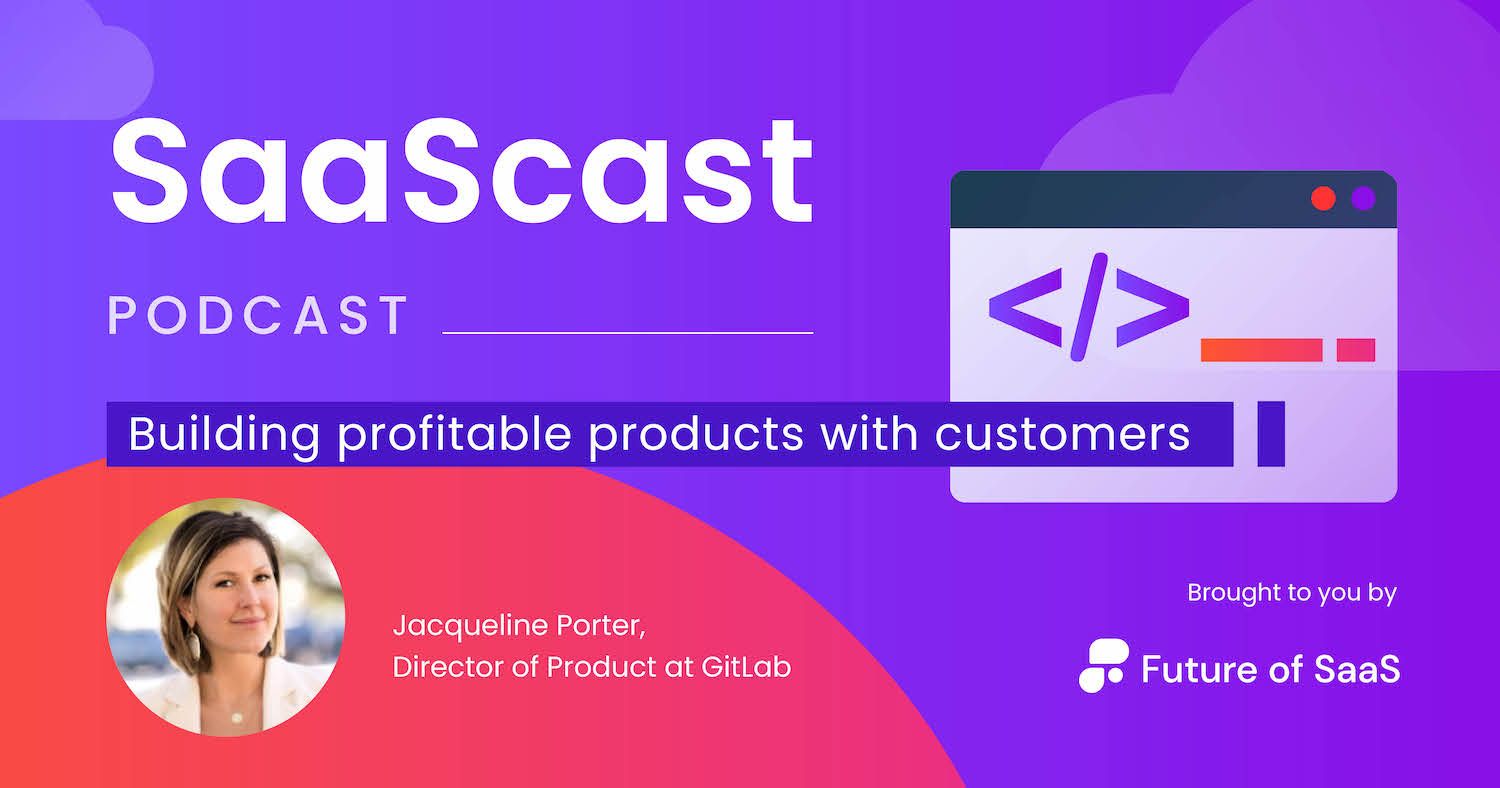This article was adapted from Jodie Chan’s interview on SaaScast, the podcast that talks you through the steps you need to futureproof your product. Listen to the full conversation and more here.
I’m Jodie Chan, SVP of Product and Partnerships at Chinafy, and I’m here to share how you can help your organization weather turbulent times. Before I do that, I'll just give a quick background into my company, Chinafy, for context.
Chinafy is a platform-based solution that helps websites and web applications load fast, fully, and securely in China.
The premise behind that is that there are very large differences between the Chinese internet and the Western internet, so our product aims to solve users’ problems by bridging the gap between these two different environments.
By the very nature of our company – headquartered in Hong Kong and interfacing between China and the rest of the world – we're used to seeing a lot of changes firsthand; we're used to having to adapt and communicate difficult ideas across borders – skills that are all the more valuable during turbulent times.
How we got through the pandemic…
During the pandemic, our need to adapt and communicate clearly was amplified tenfold by the turbulence we were seeing all around the world.
The overarching theme of all our conversations during that time was instability and fear, so our immediate priority was to instill a sense of stability, calm, and momentum where we could. As a leader, in order to balance the fear, I tried even more than usual to be extremely calm in the face of the challenges we were facing.
The practical action we took to increase stability was to do things that we would normally do in the office virtually instead.
For instance, our daily face-to-face morning stand-ups moved online, and across the entire organization, we had at least bi-weekly stand-ups where leaders within each group would present what they were working on and the challenges they were facing. This helped align everyone and make them feel like we were still on the same page.
We also implemented a lot more win-sharing over Slack. Historically, developers might not always have known when we landed an exciting client or project.

Instead of continuing with business as usual, we made sure to share those wins across the organization, so whoever was interested in seeing good news could hop into a Slack channel and see it.
It wasn’t all work though. One fun thing we have in our team is a big snacking culture – there's almost always a massive pile of snacks in the office.
While we were unable to eat together, someone very thoughtfully sent fruits to everyone, so we could at least virtually enjoy some food together. A little encouragement can go a long way in motivating and inspiring others.
The pandemic was an unprecedented and challenging time for a lot of people. While I’m fortunate to have not lost anyone to the virus, others were not so lucky and some also struggled with loneliness.
During such times, it was even more important than usual for leaders to empathize with their team members and support them in any way they could.
… And came out of 2020 stronger than ever
The pandemic showed us that, from an external perspective, the product that we were building was a necessity, not a luxury. That was very informative for us because prior to the pandemic, as with most companies, we had a lot more resources, which we could spread out across different initiatives.
We could improve things like the website's look and feel. We could equally invest in marketing initiatives and in-person conferences and things like that.
In response to being seen as a necessity and not a luxury, we really doubled down on the functionality of the product. We improved things that we might have put further down the roadmap because we wanted to make sure that our product was delivering.
We also gave a lot more discretion to our support teams to go the extra mile for our customers and take good care of them. The official aim was retention, but for us, that was a pivot in terms of our internal mindset, how we viewed our product, and, because of that, the actions we would take as a team.

Some interesting questions came up around pricing during the pandemic too. I saw a lot of discounts flying around, but we very intentionally decided not to do that. It was a risk because a lot of companies got hit hard, so price sensitivity was a concern, but we believed in our value and our pricing was always fair.
Instead of lowering prices and cheapening our sales motions, we deepened the product to increase the value of what we offer. I think our customers respected us for that
Honestly, the way I thought about it was you can't really negotiate with a company whose budget is zero, so you might as well stick to your guns, offer a really good product, and be fair about the price in the first place. If someone is overpricing from the beginning, it really comes through in a time of crisis.
For customers that were struggling – for instance, those in the travel and hospitality industry – we tried to see what we could do in terms of restructuring the deal short term.

In the long term, these are customers that plan on sticking with us for life, so we tried to do what we could on our end to help them find a way to make our partnership work within their current constraints.
Unfortunately, some people learned the hard way that once they lowered the price of their product, they couldn’t easily bring it back up. We’ve seen that in a lot of different industries, not just SaaS, but the restaurant industry and others too.
The pros and cons of remote work
There have been two phases in our exploration of remote work and how we function as a company. The first phase was when the whole world was in lockdown, and we were forced to become a remote organization overnight.
During this phase, the biggest thing we did was implement daily meetings and end-of-day updates to maintain some sort of routine and a way for teams to sync up across the board.
This helped maintain the visibility, accountability, and sense of community that we had when everyone was still going into the office. In phase two, as restrictions were being lifted, we explored a combined model of work from home and work in the office.

I know opinions are split on this, but I believe that certain roles and certain individuals work better in an office environment, while others can function on a remote basis.
Personally, I love in-person time. It's nice to be able to gather as a team, do stand-up meetings in person, and gather around the water cooler (in our case, mostly drinking coffee).
My opinion is that the question of remote vs office work needs to be approached on a case-by-case basis. It should be at the teams’ discretion to test how each system works and determine what works best for them.
How to handle customer feedback and requests
In any industry, it’s essential to be mindful of customer feedback at all times. However, it can be a challenge to sort the requests that need to be prioritized from those that are less urgent.
The first thing that's important to keep in mind as you’re sifting through feedback is that although some demands and requests might come across as incredibly harsh (honestly, it shocks me sometimes how people can come across in general correspondence), it's not personal. From there, most things are pretty manageable.
As an organization, something we do quite well and are continuing to improve on is being incredibly transparent with our users. During the course of the pandemic, we provided more documentation about what we can and can't support.

We also clarified the different support levels available to different plans. So far, that's been a great success.
When it comes to support tickets, generally, when customers realize that something is urgent, we've already realized that it's urgent too.
We want to make sure that we're delivering our product well, so if something impacts them on the product level, we make an extra effort to address it, regardless of the turnaround time and level of support guaranteed in their plan.
We try to bundle and flag requests so that we can prioritize them more effectively. Requests are processed and flagged internally and similar ones are grouped together, increasing their priority. That makes our impact more scalable.

If multiple people are asking for a feature and it's something that we can work into our roadmap, we will. If it's a single person with a very niche case, we might have to let the customer know we can’t support that request right now.
As someone working in product, I also find it really helpful to hop into client calls. That allows me to gather direct feedback from the client and keep my finger on the pulse.
Otherwise, when you're just seeing tickets or items on a roadmap, you don't realize the impact it has or see the patterns that might be occurring. That’s something I would suggest to anyone working in product management – hop into sales calls and interface with the client directly.
How to make sure your teams can handle anything
If you want to create a culture where people are adaptable enough to deal with crises when they happen, you need to cultivate skills that will be useful whether you're in a crisis or not. It's like having an emergency exit – you know it's there, but hopefully you don't have to use it every single day.
One thing I really appreciate about this company is that people often present problems with a solution. You can’t just throw a problem at someone and expect them to solve it.
If you're new to the company and you raise an issue, someone will probably ask you, "What's your proposed solution?" Getting asked this question enough times makes you think about the possibilities.

If you've thought through the possibilities and are still stuck with no solution, it's essential to say that you've thought through the options, but they don't seem to work. Then you can ask for others' opinions on how to make the situation better. As a leader, you want to cultivate those problem-solving skills in everybody in the organization.
The other thing you need to cultivate is a certain level of flexibility. While it’s helpful to have systems, routines, and structure, they may not be the best thing in times of crisis.
You have to strike a balance between reacting quickly and following the rules you’ve implemented. The important thing is to keep an open mind, accept that crises are (hopefully!) short-term in nature, adapt, and maintain a sense of clarity as best as you can.

That starts in the hiring process. In our job descriptions, you’ll often see the phrase “self-starter”. I love to see that someone knows how to show initiative – even if it’s just starting an after-school club when they were in high school.
A while ago, we had a colleague who started an ice cream business on the side; that showed the ability to be entrepreneurial and think outside the box, which is a great proxy for how you'll perform no matter what task you’re given.
How to hire a resilient product team
Speaking of hiring, one of the biggest qualities that I appreciate in candidates is emotional intelligence; unfortunately, it can be very difficult to gauge in the hiring process. Still, it’s an incredibly important and somewhat abstract skill that highly impacts how well someone plays in a team.
We generally work best with very very secure individuals who can balance their emotions with their intellect when making decisions.
That intellectual ability is almost a baseline when hiring – you look at their résumé and see their credentials and achievements. Emotional intelligence goes beyond that, and as a leader you need it to be able to manage people.
Another essential trait is a willingness to learn. Even in a span of one or two years, there might be many changes in tools, products, and things within your sphere of influence, so a willingness to learn and stay humble is crucial as a product leader.
Lastly, being able to digest information so that you can give direction is an essential skill for a leader, and this goes hand in hand with the ability to present solutions alongside the issues you raise.
Enjoyed this article? Why not check out exclusive insights from SaaS gurus across the globe with a FoSaaS membership plan? 👇



